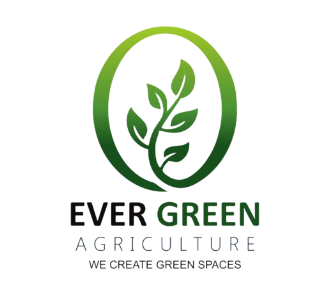Gardern Tools
Depending on how elaborate your garden is, you’ll need a varying array of tools to get the job done. If you have just a few potted plants, a few hand tools will suffice. But if you’ve planted a full garden with rows of plants you hope to harvest come fall, you’re going to need some more robust tools to get the job done. Even among the basic garden tools, you’re bound to find a variety of designs and sizes — enough to cause confusion when shopping. There’s a reason for so many options: Using the right tool for the right job makes your work easier and more efficient.
When selecting garden tools, make sure you get the right tool for the job but don’t stop there. Try to imagine how it will feel after a few hours of use. Remember, as the size of the tool increases, the weight of the tool also increases. Larger tools are efficient, just remember to choose one that won’t wear you out too quickly. Having the right tools means all the difference in maintaining a healthy, attractive garden. All of them have their uses, but certain tools are more essential than others. If you’re just starting out in the world of gardening, it’s a good idea to familiarize yourself with some of the most basic tools so you have everything that you need to grow a beautiful garden.






